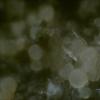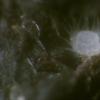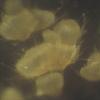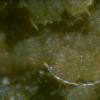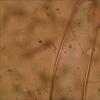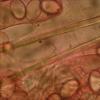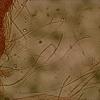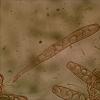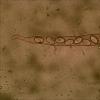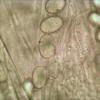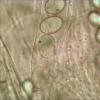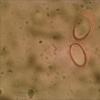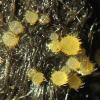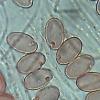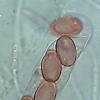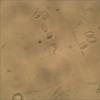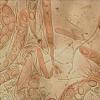
19-12-2025 10:10
Patrice TANCHAUDBonjour, récolte réalisée en milieu dunaire, a

18-12-2025 17:23
 Bruno Coué
Bruno Coué
Bonjour,je serais heureux d'avoir votre avis sur c

18-12-2025 21:17
Pol DebaenstThe identification took me to Byssonectria deformi

18-12-2025 18:07
Margot en Geert VullingsThese plumes were found on rotten wood.They strong

17-12-2025 18:35
 Michel Hairaud
Michel Hairaud
Bonjour à tous/Hi to everyone I am passing along

15-12-2025 15:48
 Danny Newman
Danny Newman
Melanospora cf. lagenaria on old, rotting, fallen

15-12-2025 15:54
 Johan Boonefaes
Johan Boonefaes
Unknown anamorph found on the ground in coastal sa

15-12-2025 21:11
 Hardware Tony
Hardware Tony
Small clavate hairs, negative croziers and IKI bb

15-12-2025 07:09
 Danny Newman
Danny Newman
indet. Rutstroemiaceae sp. on unk. fallen leavesMc
 Found on deer dung, the species has two different colours, white and pale yellow. The yellow species were on top facing the light and the white were on side facing the bottom.
Found on deer dung, the species has two different colours, white and pale yellow. The yellow species were on top facing the light and the white were on side facing the bottom.Apothecia: gragarious to growded.
Setae: non-septated; pointed or round tip, thickwalled 4.3-4.5 um for the pointed top and 1.8-2.0 um for the round top; Pointed 353-417x23-26 um at broadest point; round 224-136x27-28 um almost the entire length: ventricose at the base.
Parafyses: hyaline, septated, simple and branched; 2.2-2.4 um
Asci: 8-spores; 149-160x16-18 um
Spores: uniseriate; 16.3-17.5x(9.9-)11.1-11.4 um, when young covered with fine wrats; surrounded by a hyaline sheath only visible in Congo Red; containing a de Bary bubble.

Hello PLeter,
I do not have the documentation from Bezerra et Kimbrough (1974) can you send me a copy?
For the rest the wrats were only visible with immature spores in Lugol and the sheath often contains these wrats and makes it easier to see.
It seems the sheath is also visible inside the ascus in Congo Red.
Joop
I have sent it.
Greetings Peter.

